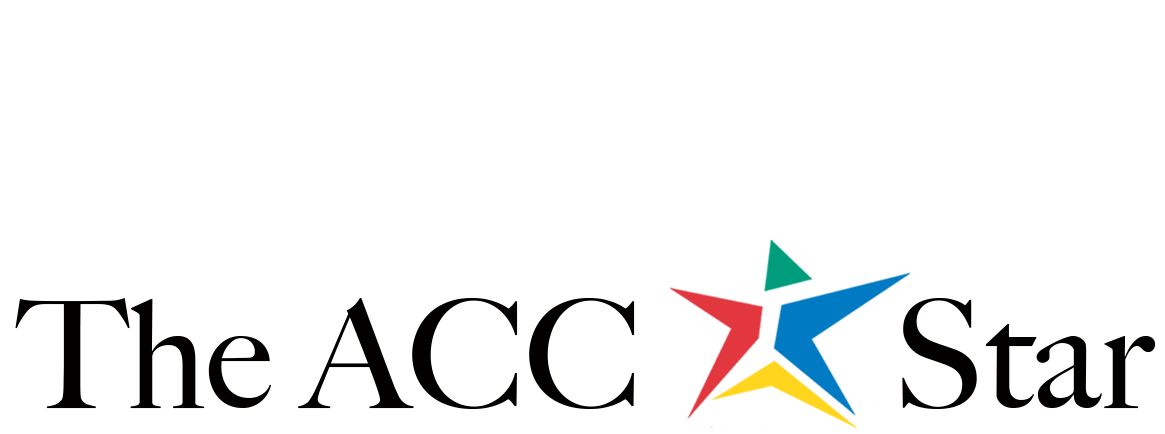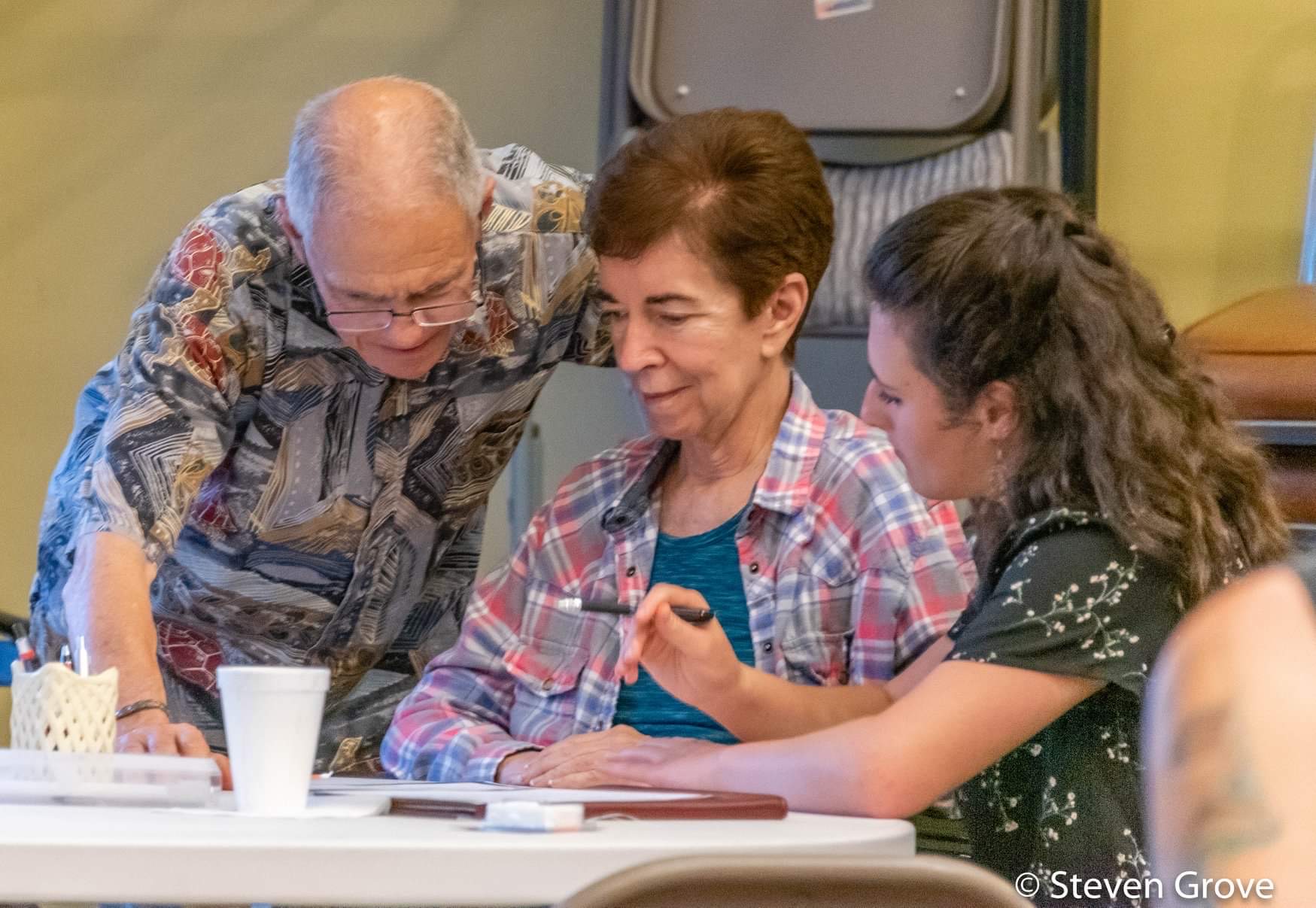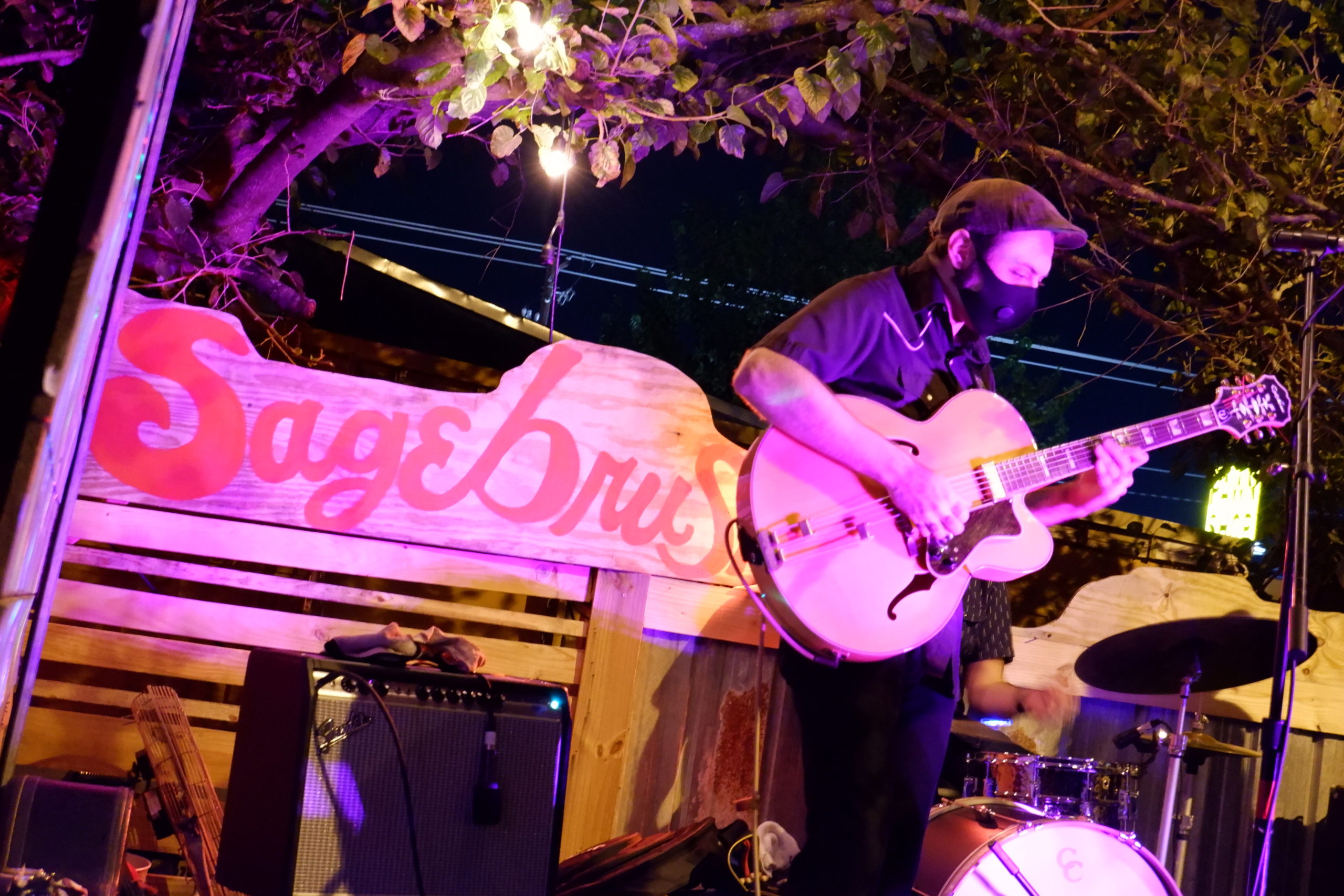(By ALEXA HAVERLAH)
Rachel Obstfeld has always had an ear for languages, including American Sign Language, which she has been learning since high school.
Now a graduate student of speech-language pathology at the University of Texas at Austin, Obstfeld, 25, said her American Sign Language classes were her first introduction into the Deaf community.
In college, Obstfeld started Tulane University’s American Sign Language Association and advocated for American Sign Language classes on campus.
“I spoke with the head of the linguistics department and we got two American Sign Language teachers hired. I was in the very first American Sign Language class at Tulane,” Obstfeld said.

Learning American Sign Language, as well as singing and participating in theater while growing up, motived Obstfeld to study speech-language pathology, which allows her to work in healthcare, with people, centered around language and communication.
“A common misconception people have is that we only work in schools with children who can’t pronounces their ‘R’s’, ‘S’s’ or ‘L’s’ and we just drill those articulation exercises,” Obstfeld said. “Many people don’t know that speech-language pathology encompasses all aspects of communication, both verbal and nonverbal.”
Speech therapists work in a variety of medical settings, including hospitals, private practices and rehabilitation centers. They work with adult clients who have degenerative disorders, such as Huntington’s disease, Parkinson’s disease, Alzheimer’s disease and multiple sclerosis, as well as people with developmental and congenital disorders, like Down syndrome and autism spectrum disorder.
Most of Obstfeld’s experience is with survivors of traumatic brain injury and stroke.
“I find it very fulfilling and very important to work with people on reclaiming their identity after a huge traumatic event like that,” Obstfeld said. “Speech is how we make jokes and express our personality. It’s one of your only connections between the outside world and your brain.”
Swallowing also falls under the scope of practice for speech pathologists. For COVID-19 patients who were on ventilators, speech pathologists are working to rehabilitate their speech and swallowing skills.
Obstfeld continues to advocate alongside the Deaf community. She mentions that there have been recent developments to create a mask with a clear plastic square in front of the mouth area so that deaf people are still able to read lips when communicating with members of the hearing community.
This summer, Obstfeld was looking forward to having externships, but many places are either not accepting externs or making this experience virtual because of the coronavirus pandemic. She does not know yet if the last year of her master’s program will be online or in-person.
After graduation, Obstfeld will have to complete the Clinical Fellowship Year, required of all speech pathologists. Now, for the first time ever, there is talk of making this experience virtual.
Obstfeld knows this will be tricky since speech pathologists need to be highly supervised as they take on some of their own patients.
One advantage to teletherapy is that speech therapists can work with patients all over the world, Obstfeld said, including those from developing countries who may not have access to speech therapists and other resources.
“Teletherapy is definitely the way of the future.”




